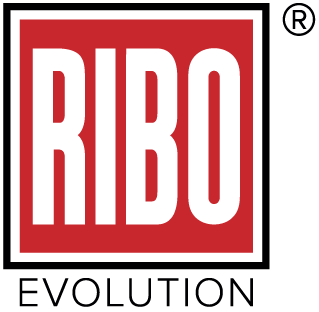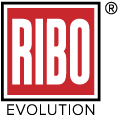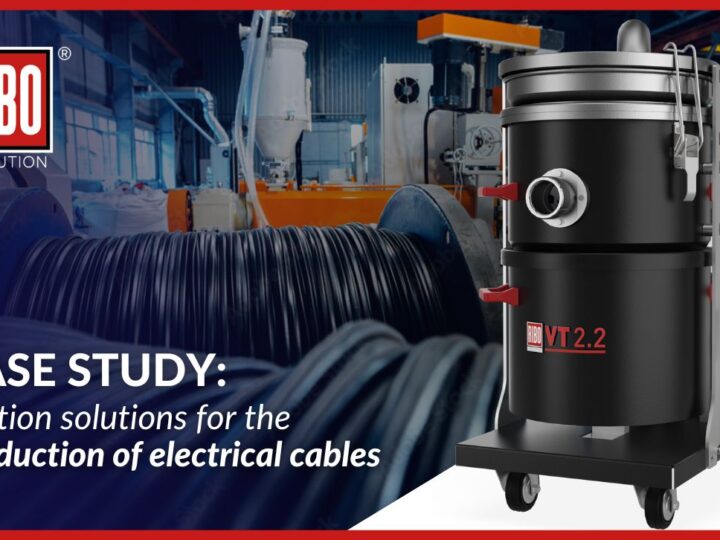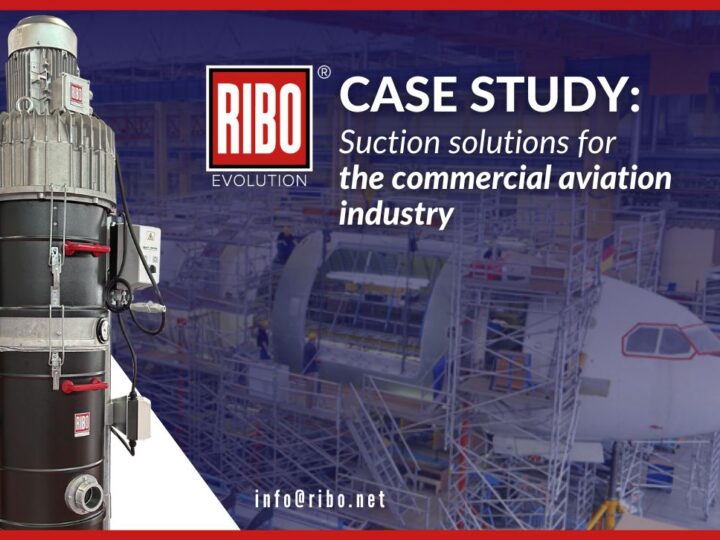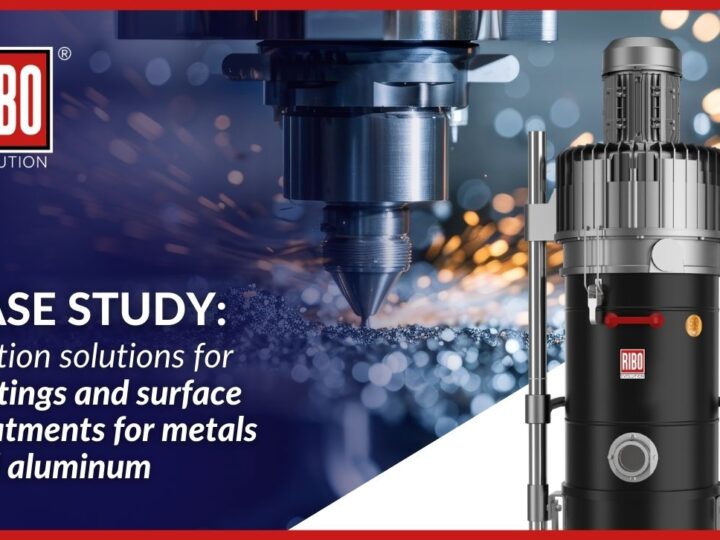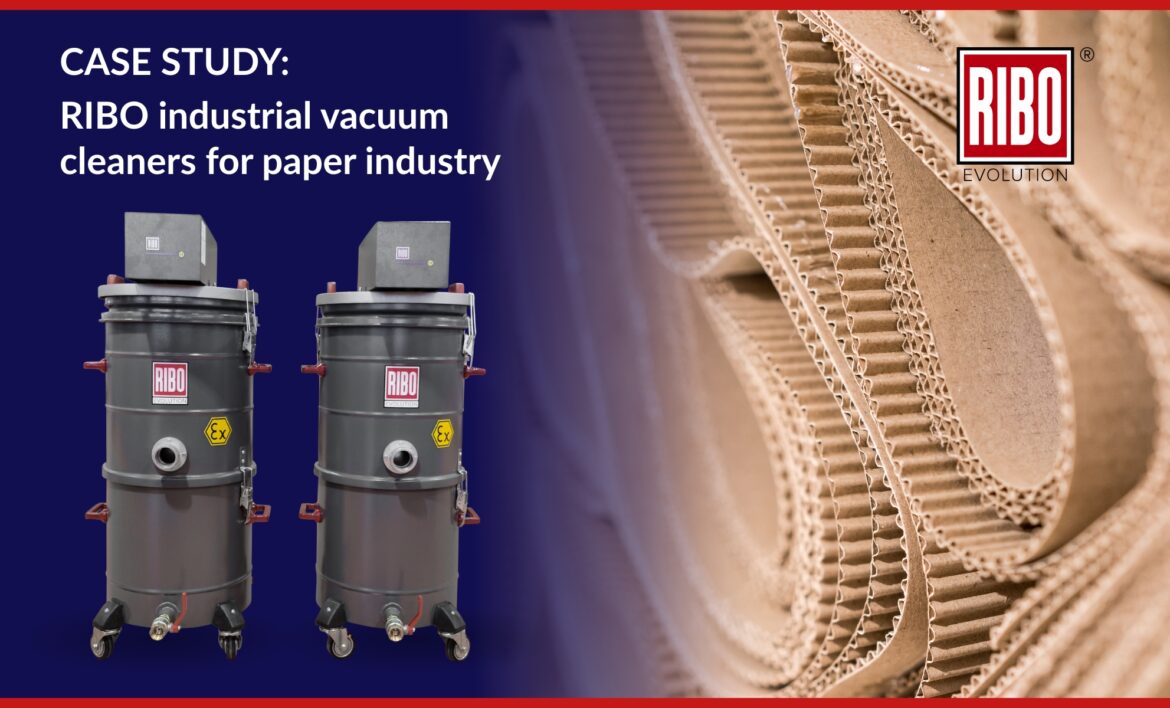
The paper industry deals with the production of paper and paperboard starting from raw materials such as cellulose, lignin and other vegetable components. Paper can be produced through a variety of methods: mechanical, chemical, and chemical-mechanical method. The produced paper can be used to make a wide range of products, such as printing paper, toilet paper, corrugated cardboard, and wrapping paper. It is closely related to the packaging industry and printing centers for magazines and newspapers.
The needs of the company
In today’s case study we will discuss the features of paper’s industry, from the type of waste produced, the risks involved, to the benefits generated by the use of an industrial vacuum cleaner. Finally, we will delve into the characteristics of the RIBO industrial vacuum cleaner chosen by an Italian paper company.
We will discuss:
- What kind of waste is produced in the paper industry
- Risks related to the production of paper and cardboard
- Precautions to limit the risk of incidents in the paper industry
- The reason why you should use industrial vacuum cleaners in the paper and paperboard industry
- COMPAIR 281/250: RIBO vacuum cleaner for the paper industry
What kind of waste is produced in the paper company
Generally, large amounts of waste are produced in these working environments, which can vary depending on the type of production and the type of paper or cardboard produced.
Some of the most common wastes are:
– Cellulose pulp: during the papermaking process, pulp is extracted from plant raw materials and can be used to produce other products such as paper paste;
– Process water: the water used in the production process must be treated before being discharged into the environment to avoid pollution;
– Organic waste: organic waste can come from the plant raw materials used in papermaking and can be collected and then turned into biogas or compost;
– Inorganic waste: inorganic waste can result from the use of chemicals in papermaking and needs great care to be safely disposed;
– Paper and cardboard: this is the paper and cardboard waste that as a result of the cutting and packaging process;
– Paper dust: these are the dusty residues resulting from the process of the raw material; they can create problems for machinery and production lines and undermine safety in workplaces, as they are highly flammable.
The paper industry is closely related, as anticipated, to the printing paper industry, so the list of materials to be vacuumed also includes ink residues of various kinds, which are deposited in areas that are not always easy to reach.
Risks related to the production of paper and cardboard
Evaluated the type of waste produced in paper industry, there are several risks related to paper and paperboard production:
- Chemical risk: paper production requires the use of chemicals, which can damage human health and the environment if not managed properly;
- Mechanical risk: the plants used in papermaking are made of heavy and complex machinery and if they are not properly maintained and cleaned, they can be dangerous for the involved staff;
- Fire hazard: papermaking plants have large quantities of paper and cardboard, which can be a dangerous source of combustion if not handled in a corrected way;
- Health risk: exposure to cellulose pulp particles and paper dust can cause health problems, such as respiratory problems.
To minimize these risks, it is important to take some precautions.
Precautions to limit the risk of incidents in the paper industry
To limit the risk of incidents in the paper industry, it is necessary to take some precautions:
- A proper maintenance of the equipment;
- Avoiding accumulation of paper and pulp dust;
- The constant cleaning of dust with specific industrial vacuum cleaners during and after the production process.
Therefore, it is essential for the paper industry to have industrial vacuum cleaners to be used in different stages of the papermaking process.
The reason why you should use industrial vacuum cleaners in the paper and paperboard industry
RIBO offers a wide range of industrial vacuum cleaners suitable for the paper industry, specifically designed to keep plants properly functioning and to avoid the risk of explosions.
The needs of the paper company is to clean the plants and the working area around the machines very frequently: a RIBO industrial vacuum cleaner meets all these requirements.
RIBO offers vacuum cleaners specifically designed for the suction of scraps and even the finest paper dust, thanks to the support of additional absolute filters that allow the introduction of clean air in the atmosphere. They can be ATEX certified for zones 21 and 22, either with electric motors or with compressed air venturi suction units. They ensure maximum safety for operators by reducing explosion and fire risks.
The use of a suitable vacuum cleaner makes it possible to:
- Reduce downtime machine;
- Increase plant safety and productivity;
- Reduce operating costs, thanks to specific accessories that support the operator’s work;
- Reduce cleaning costs.
COMPAIR 281/250: RIBO vacuum cleaner for the paper industry
The company of our case study, has chosen the RIBO COMPAIR 280/250 industrial vacuum cleaner. It is perfect for those who need to vacuum both liquids and solids in ATEX zones. This vacuum cleaner is powered by a venturi unit and consists of a filter chamber with a built-in diaphragm, it is also equipped with a liquid level float and a 50 liter container with a handy tap for the unloading.
